CHRYSANTHUM (Boissier) 't Hart, 1995
Synonyms :
Umbilicus chrysanthus Boissier & Heldreich ex Boissier (1849) / Cotyledon chrysantha (Boissier) Bornmüller (1914) / Sedum chrysanthum (Boissier) Hamet (1929) / Rosularia chrysantha (Boissier & Heldreich ex Boissier) Takhtajan (1953)
Sedum chrysanthum var. genuinum Hamet (1929)
Distribution : SW and S Turkey, 1400 - 2500 m.
Description (according to 't Hart & Eggli in IHSP, 2003) :
Caudex absent, with slightly thickened taproots.
Rosettes ± depressed-globose, 1.5 - 3 cm in diameter, clump-forming with sessile or short-stalked offsets.
Leaves oblong to narrowly elliptic, fleshy, fresh green (pale ochre-brownish when dry), mostly densely glandular-hairy.
Inflorescences terminal lax panicles, 5- to 50-flowered.
Flowers tubular-campanulate to narrowly funnel-shaped, 10 - 14 mm, outer parts glandular-hairy, petals united for 1/3 to 2/5, ivory-white to pale yellow, venation concolorous or pale to dark reddish.
Cytology : 2n = 70, 84
Frequently encountered in cultivation under the incorrectly applied name Rosularia pallida (see comment for P. aizoon).
Ssp. uludaghense Kaynak et al. has been published in Ann. Bot. Fennici 46: 456-458, 2009.
Prometheum spec. Sandras Dag is a - slightly different - local form of P. chrysanthum.
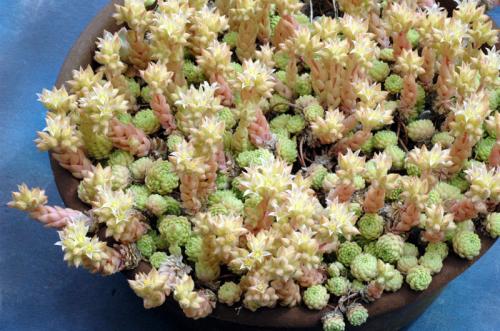
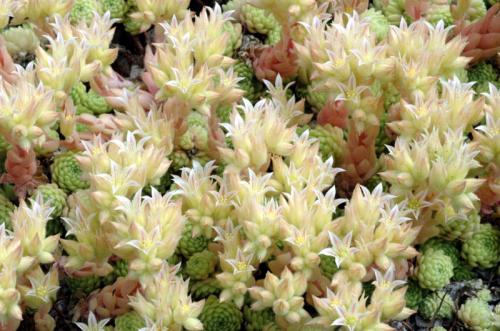
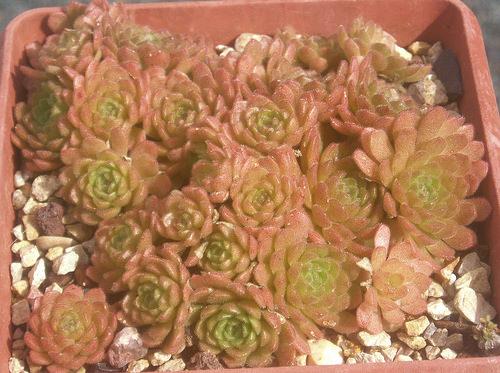
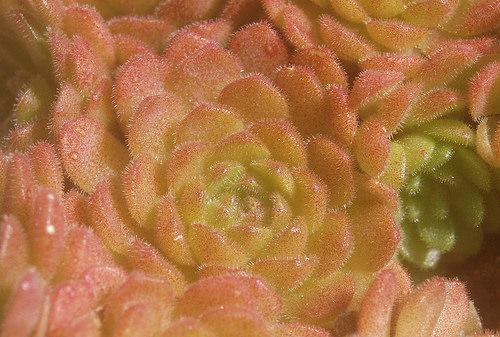
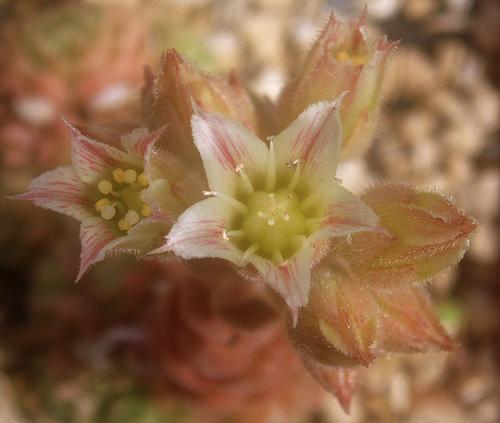
Photos David Sorin